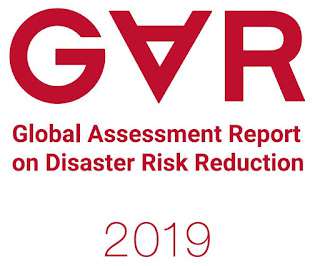Foresight
Emergency Planning
APRIL 24, 2022
A principle of cascading disasters is that the world is ever more closely linked by networks on which we all depend for communications, commerce, enlightenment and entertainment. It is obvious that military instability is likely to complicate and retard the process of getting natural hazard impacts under control.














Let's personalize your content